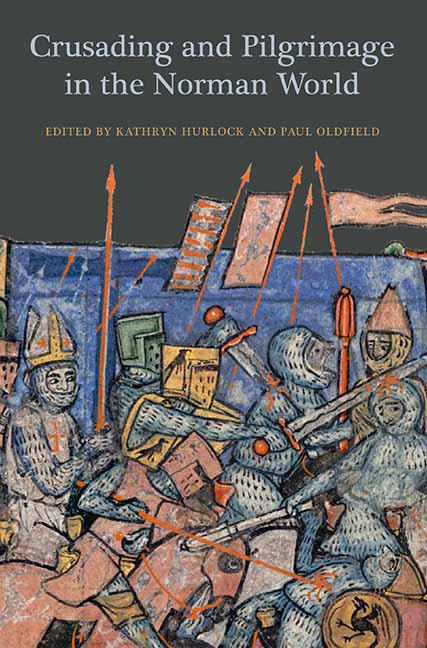9 - Antioch and the Normans
Published online by Cambridge University Press: 25 May 2021
Summary
In an assault engineered by Bohemond, a South Italian Norman and eldest son of Robert Guiscard, Antioch fell to the Latin forces of the First Crusade on 3 June 1098. Those first crusaders encountered this highly fortified city as the most formidable obstacle on their journey to Jerusalem. After a contentious struggle for control, Bohemond claimed lordship over the ancient city. He and his successors then held it as the heart of a territory now known as the Norman principality of Antioch, longest lived of the Latins’ possessions in the Levant (1098–1268) and outlasting Latin Jerusalem for more than eighty years.
What made the Normans especially well prepared for crusading in the East? What distinctive skills or qualities of the Normans contributed to their success at Antioch? How did Antioch so often come to define the crusading experience for many participants and admirers of the crusading enterprise? These are the questions at the centre of this chapter.
When the Normans in Bohemond's troop first reached Antioch, after a long and harrying trek to Constantinople and across Asia Minor, they were astonished to confront such a vast and magnificent city, its two square miles enclosed within awe-inspiring fortifications, massive double walls built in the sixth century. The oldest surviving chronicle of the journey, the Gesta Francorum written by a member of Bohemond's fighting force, celebrates Antioch with a striking status urbis/description of the city, inserted in the manuscripts immediately following the account of the capture and defence of Antioch, before the armies headed south toward Jerusalem:
This city, namely Antioch, is very lovely and distinguished. Within its walls are four enormous and really high mountains. On the highest one is the citadel, a remarkable edifice and very strong. Down below is the city, distinguished and well laid out, adorned with all sorts of sacred buildings, since it holds many churches, some 300, and sixty monasteries. Its patriarch oversees 153 bishops.
Two walls enclose the city. The larger of these is very high and remarkably broad, built of great stones, with 450 towers arranged on it. By all measures the city is beautiful. On the east it is enclosed by four big mountains; on the west, along the city walls, runs a river called Farfar.
- Type
- Chapter
- Information
- Crusading and Pilgrimage in the Norman World , pp. 159 - 176Publisher: Boydell & BrewerPrint publication year: 2015



